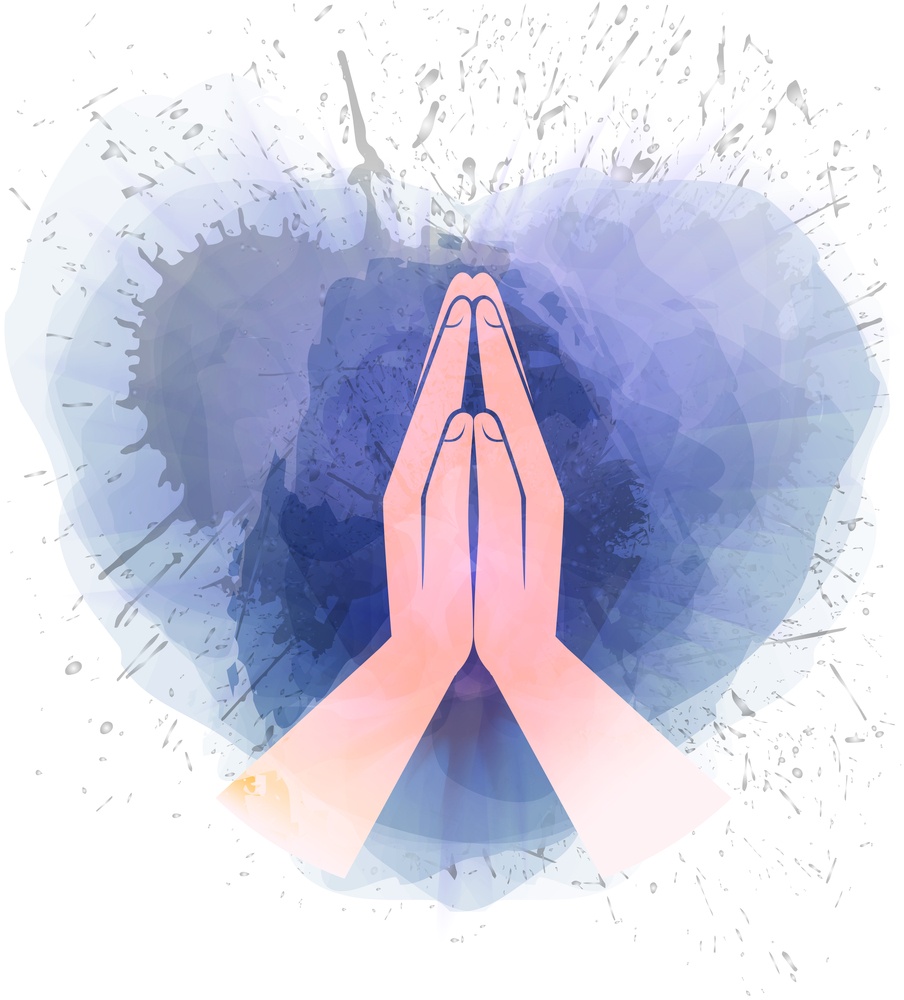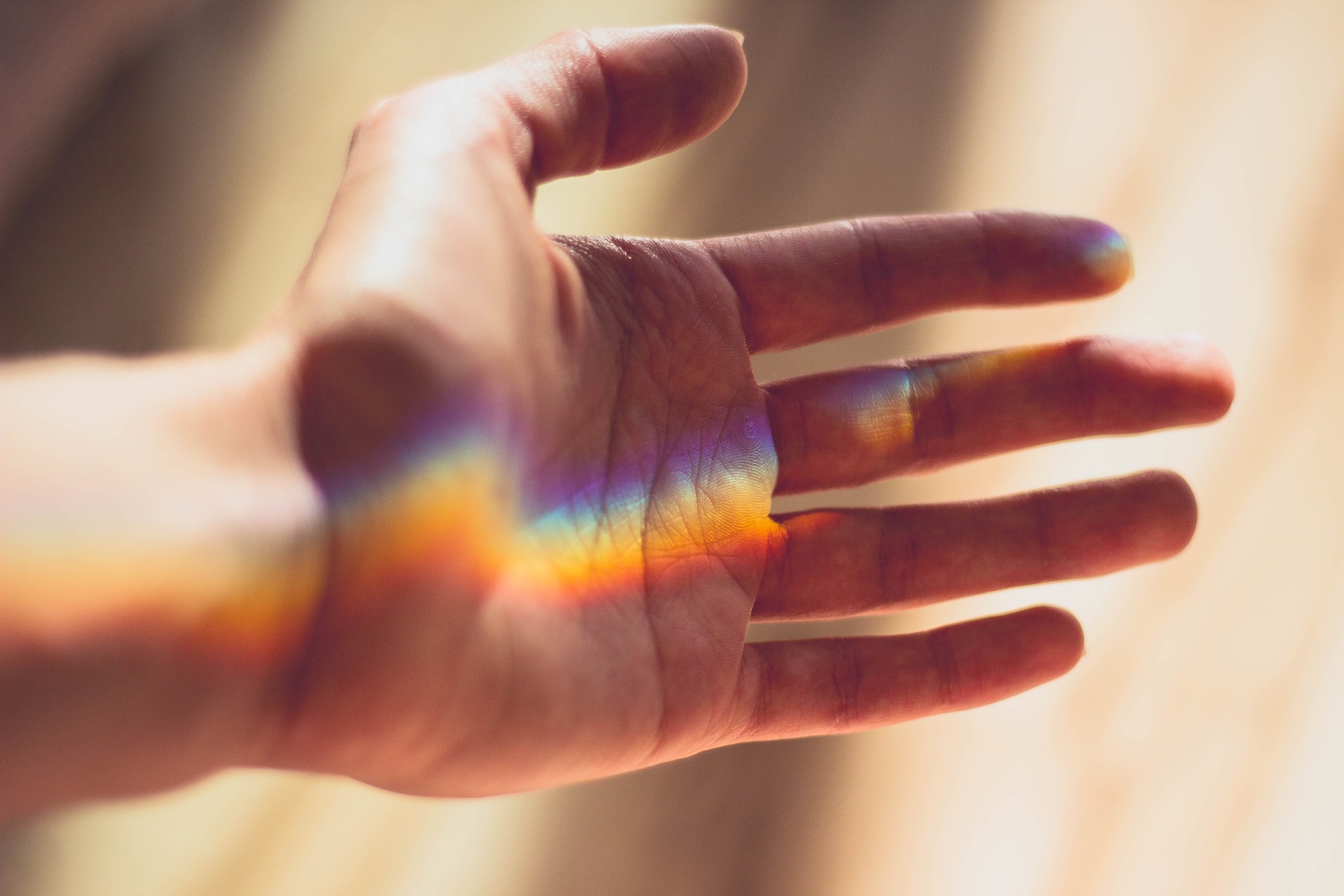Buddhism has traditionally turned to what modern psychology calls mental imagery to modify the perception of pain. We may visualise , for instance ,a soothing ,luminous nectar that soaks into enter of pain and gradually dissolves it into a feeling of well-being. The nectar then permeates our entire body and the pain fades away. Happyho also provides best Meditation and Tarot classes in Noida and Delhi NCR India area
A synthesis of the results published in some fifty scientific articles has demonstrated that in 85 percent of cases recourse to mental methods enhances the capacity to endure pain. Among these diverse techniques, mental imagery has proven to be the most effective, although its efficacy varies depending on the visual support. For instance, one may visualise a neutral situation or pleasant one such as beautiful landscape. There are other ways of patient to be distracted from pain, such as concentrating on an exterior object (watching a slide show ,for instance),practicing a repetitive exercise ,(counting from one hundred to zero by threes) or consciously accepting the pain.
The three methods cited, however yield inferior results. The disparity is explained by the fact that mental imaging is a greater focuser of attention than methods based on exterior images, intellectual exercises, or an attitude. A group of researchers has found that within a month of guided practice of mental imaging, 21 percent of patients claim notable improvement in their chronic migraines as opposed to 7 percent of the control group that did not undergo training.





